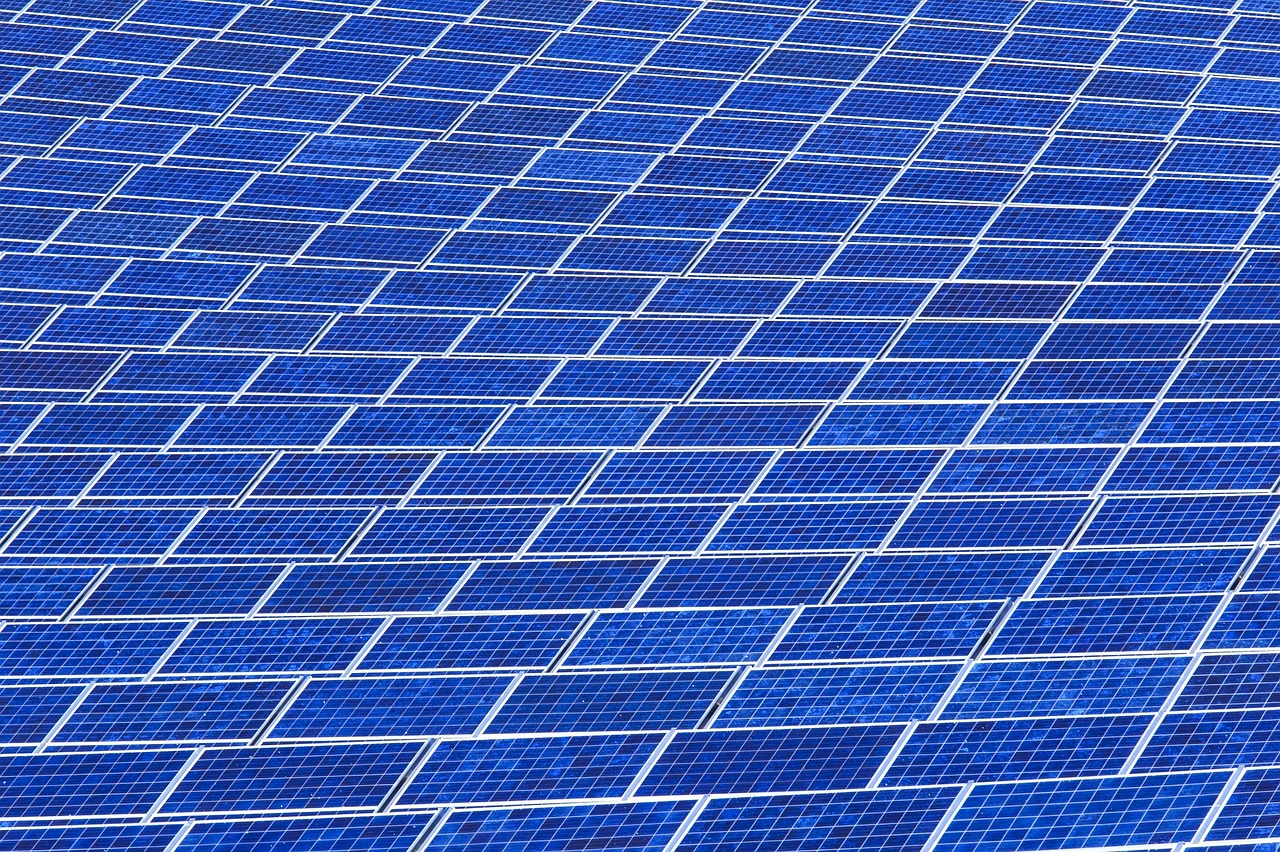The recent spate of reverse auctions for solar power has caused a lot of excitement in the renewable energy industry. The fall in quoted prices below Rs 3.00 per unit reflects the increasing economic viability of solar and incentivizes conversion to renewable sources of energy. In a post on Monday, we talked about how conventional electricity prices in Delhi have increased as of September 1st. We also described how to read a BSES bill in another blog post where the lowest per unit charges are still at Rs. 4. Thus, the low prices quoted in both the Bhadla and Gujarat solar auctions of Rs. 2.44 and Rs. 2.65 respectively, showcase a very rosy picture for the future of solar.
Negative Effect of Lower Prices
We live in a world where even if a benign old stranger offers a chocolate to our child, our first instinct is to assume it will be drugged. Thus, it would be natural for you to wonder if the situation in solar is truly as positive as we have painted above. Unfortunately, you would be right to question us. Even the lower prices of solar have had a negative side-effect. State governments involved in auctions that have taken place earlier (when solar prices were higher), are now trying hard to renegotiate the initially quoted prices.
From Jharkhand to Uttar Pradesh and now in Tamil Nadu, renegotiation has become prevalent. These discussions are considered ‘deplorable’ by the Ministry of New and Renewable Energy (MNRE) but, nevertheless, they do still take place. In fact, many state discoms adopt measures like grid curtailment and payment delays to compel renewable energy developers to provide discounts. Crisil has mentioned that the return on investment on already developed energy projects may be negatively affected. This could also cast doubt on the ability to enforce contracts in India and create some uncertainty in the markets. To read more about the these renegotiations and their effects click here.
Tamil Nadu Renegotiation
The most recent such renegotiation has taken place for a 1500MW tender in Tamil Nadu which had opened in early July. The lowest bid quoted was at Rs. 3.47 per unit by Raasi Green Earth which sought up to 100MW of the 1500MW. All other winners have been asked to provide power at this lowest quoted rate. 16 of the 18 bidders have agreed, though two of them have reduced the sizes of their projects. All of the excess projects have been allocated to Neyveli Lignite Corporation (NLC) which will now be providing 709MW of power to Tamil Nadu Generation and Distribution Co (TANGEDCO). To read more about the Tamil Nadu auction, refer to this.
Conclusion
Given the above scenario, it seems likely that the construct of Power Purchase Agreements(PPAs) will change in the future. It is possible that the prices quoted in these agreements will somehow be tied to the market but also, have a lower cap, to ensure viability. MNRE might also engage with state discoms to prevent renegotiations. All of the above, is of course, conjecture on our part.
Overall, lower prices is definitely good news for consumers, but in order to ensure that providers are not thrown into a well of uncertainty regarding returns on investments, certain changes should be made to the structure of PPAs.
However, with a strong commitment to meeting its Solar Power goals (“Nothing on Earth is going to stop us from doing that”, says India on Renewable Energy Goals), we will definitely see India rise to even greater heights on its way to achieve the 100 GW Solar Power target for 2022. Rise up and Go Solar today! Simply fill out the form below or click here or call +91-920-569-5690 and we’ll do the rest:

